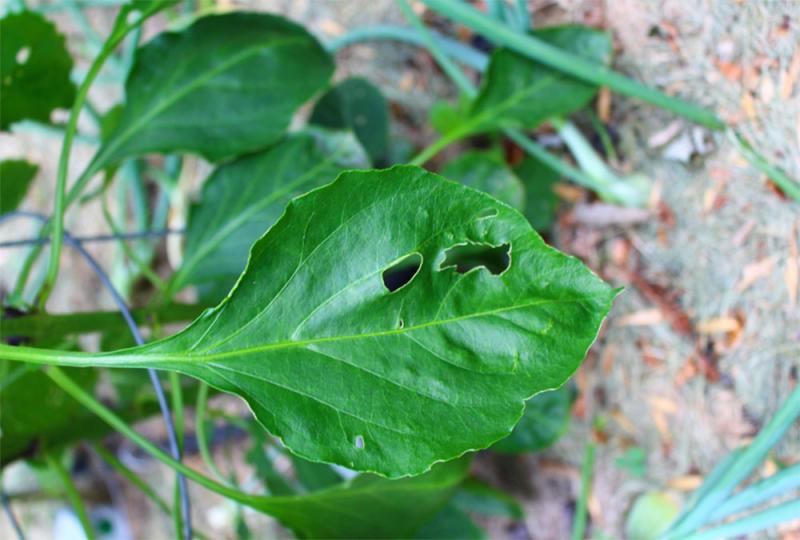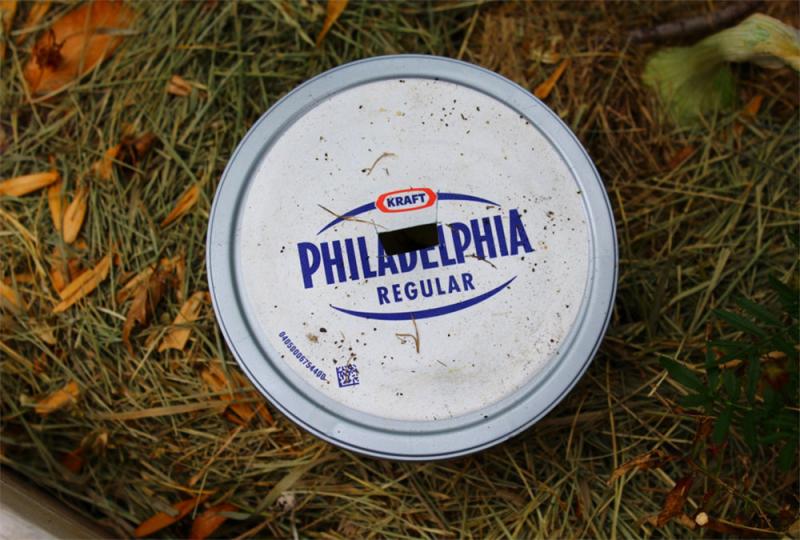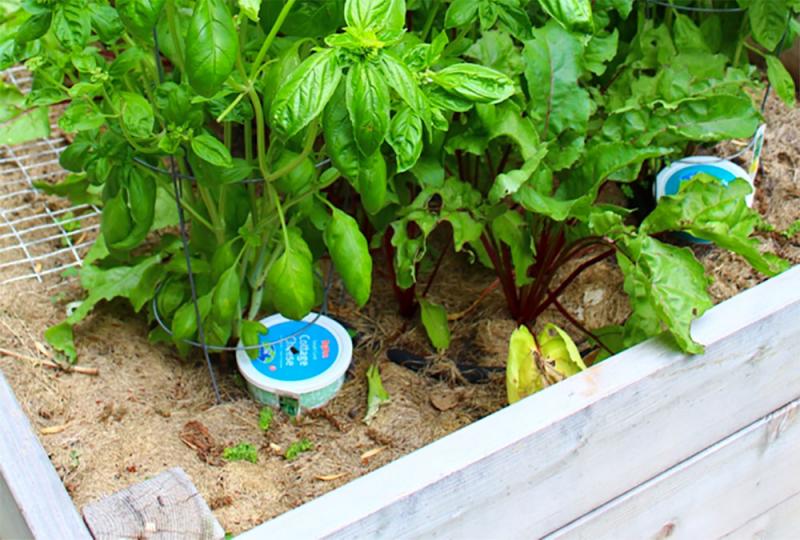Earwigs in the Garden

Written by Buyung Hadi, former SDSU Extension Pesticide Applicator Training and Urban Entomology Specialist.
Around this time last year my phone was frequently ringing with a question “What is the ant-like critter with the evil-looking pincers?” That was people finding earwigs indoors and wondering how to keep them out. I speculated that the drought we were experiencing last year might contribute to the increased finding of earwigs indoors.
Interestingly enough, this year (not nearly as dry as last year), the same question crops up again: “What is the insect with the pincer and how do I get rid of it?”. Yet this time the questions came from a different set of people: gardeners. While earwigs are not found indoors as much as last year, they seem to still make their presence felt in vegetable and flower gardens.
I commented on earwigs last year that this insect is an omnivore. They feed on both soft bodied insects such as aphids and on insect eggs. In this way, they do contribute to the well-being of the garden by being a pest’s natural enemy. Unfortunately they also feed on the soft plant tissues such as leaves (Figure 1) and fruits.
Non-Toxic Control

Since earwigs provide some ecological service as natural enemies, I hesitate to recommend a pesticide application to control it. I think the benefits that earwigs provide outweigh the risks they may pose on your garden. I do understand that in a situation of heavy earwig infestations, it is hard to believe that these insects are doing any good at all. Still, I don’t think pesticide application in home garden is a good solution for an earwig problem.

Most synthetic pesticide products available for home gardens have a broad spectrum and will kill not only the pests but also the beneficial insects (e.g. predatory beetles, parasitoid wasps, pollinator bees). As an alternative least-toxic solution, bait trapping the earwigs should work to reduce the insect’s population to the non-threatening levels. A homemade baited trap can be prepared by cutting up a hole on the lid of a used container (Figure 2). Bait the trap with fish or vegetable oil and set the trap(s) nearby the plants where you see the most earwig populations (Figure 3).

Earwigs are attracted to the smell of the oil and the ones plunging into the trap are not able to climb back up (Figure 4). Remove the dead earwigs, kill the live ones by submersing them in soapy water and replace the bait (e.g. fish or vegetable oil) regularly as needed. In my observation, the trap does not attract a lot of other insects that can be beneficial to the garden. In this way, the earwig population can be reduced without risking the beneficial insect community.


